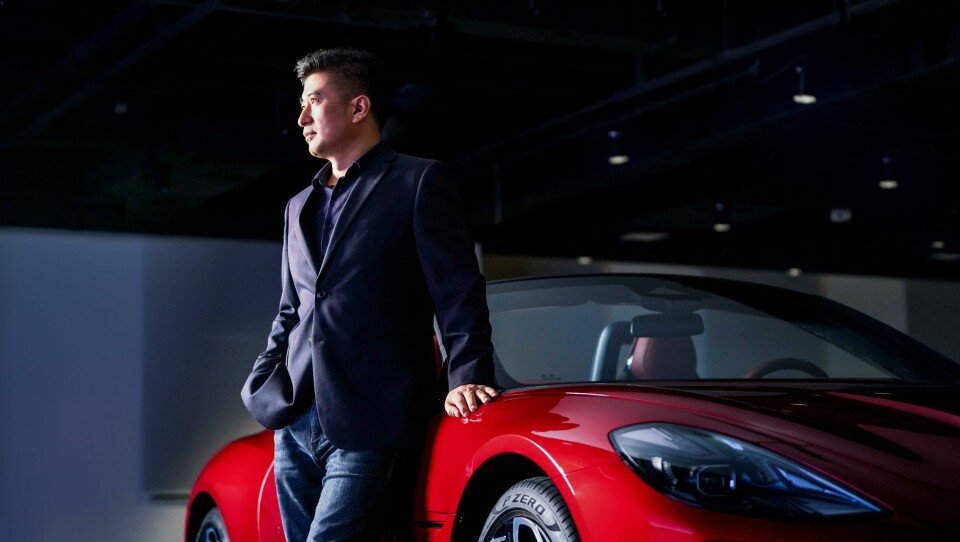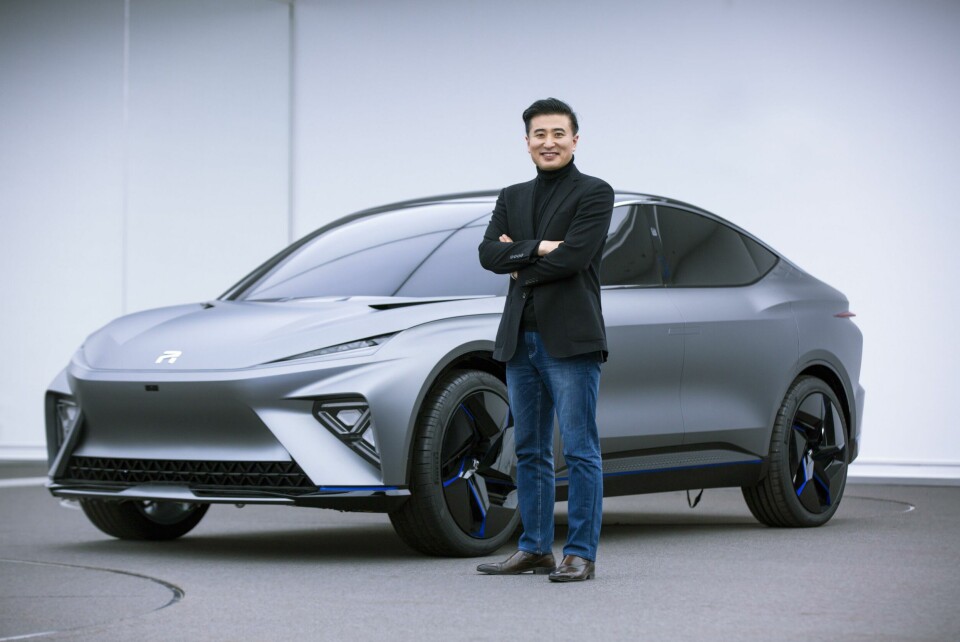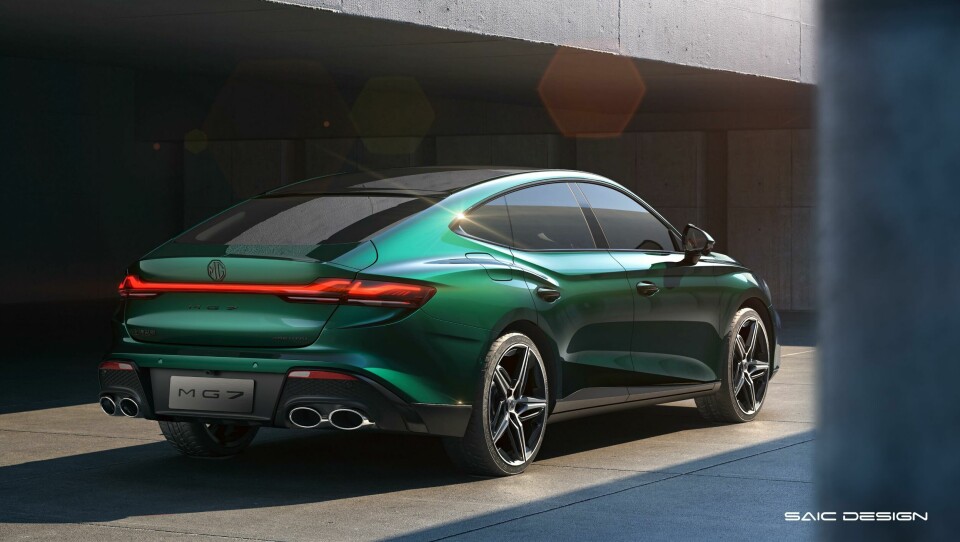
Shao Jingfeng: “This is our chance, our time”
Shao Jingfeng, chief design officer at SAIC, on trusting your strategy and recruiting the next generation of design talent
I was so proud of what we did at Goodwood last year with the launch of the Cyber GTS. We spent 10 years bringing MG back to the world and I think we got the strategy right.
Looking to the future, it gives us the confidence to make this brand great again over the next decade. In the shorter term, a lot has changed over the last 12 months in China. Tesla’s ‘faceless’ EV design has been very influential.
For a time, that was understandable because the EV market was just beginning – it was a way of understanding what was new and who were the pioneers. But now, the market has matured with EVs accounting for more that 50% market share.
The limitations of this faceless EV design are becoming apparent. If you remove the logos you cannot tell which company the car belongs to; they look like they are from one company. This is a big problem. People want to communicate the brand and the value of the brand of car they own so the current faceless trend will disappear as carmakers try to sell a design identity to customers.

For SAIC, it is crucial to drill down and focus on the design criteria that are right for us. This is why I decided to bring in Jozef Kabaň to think about the future. We need to set up real design DNA. Whether you are a luxury, sporting or family brand, you cannot just cover up the face. It’s too simple.
MG already has an identity, so it will be about refining it, but perhaps in a bolder way. You will see a totally new design language across some of the other brands like Rising Auto, with a concept car in time for the 2025 Shanghai auto show.So much about creating a successful design is about timing. Identifying what comes next and hitting the market just at the right time is a real challenge for a design director.
Even if you look back five years ago, there were about 300 brands. Today, we are talking about maybe 50. Those that survive will be stronger.
For us, it is about showing more confidence in our brands and establishing an emotional connection with the customer.
A big issue is speed. The market is moving too fast and the prices have become too low, too fast. Who is making money on their cars? It is hard to know. Ultimately, I feel that the Chinese government is expecting some brands to die off.
Even if you look back five years ago, there were about 300 brands. Today, we are talking about maybe 50. Those that survive will be stronger. The government is looking to see who can build a brand and we need to look at those ones that did die and learn why.

In addition, new companies are entering the market. Xiaomi could turn into a car company. So could Huawei. It is a huge change but this is normal in China. When you are leading a team, you cannot be too influenced by this. You just need to trust in your strategy and work hard.
People ask whether we are using AI to meet the challenge of speed. We are, but it is just a tool. For example, we wanted to show a model to our strategy department, a Cyber GTS shooting brake.
Owing to changes in the current set-up within the education system, there is no shortage of designers with AI skills
Ordinarily, we would spend one week doing the sketch, photoshop rendering and then present it. With AI, we gave it a keyword and a background and it came up with something really cool and quickly. From this you can do a lot of analysis and research which saves a lot of time and money.
But you can see results from AI that are really strange and tacky. I use the analogy of coffee. If you put too much milk in it, it is not coffee anymore.
Owing to changes in the current set-up within the education system, there is no shortage of designers with AI skills. In terms of recruiting talent, I still use our SAIC Design Challenge.
We bring the best students for a two-month internship where they finish their shortlisted design work. They can use any software they like: Alias, AI, 3D software whatever, but they need to deliver one brilliant proposal. The talent I see makes me very optimistic about the future of car design in China.
This is our chance, our time. Maybe before I retire, we will be at a moment where people on the streets in Paris, Berlin or London will be able to identify a Chinese car in the same way as they could with many Japanese cars 30 years ago. Whether you like it or not, it will be recognisable as a Chinese car.



